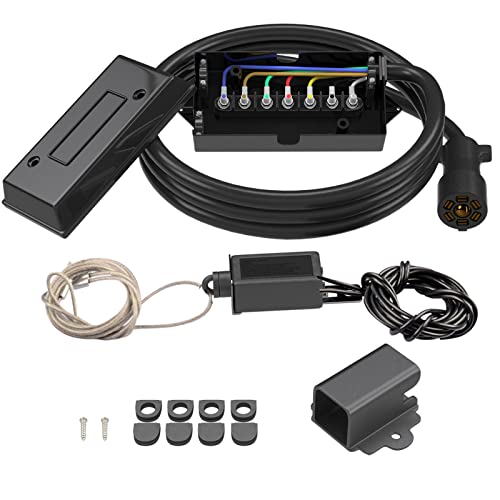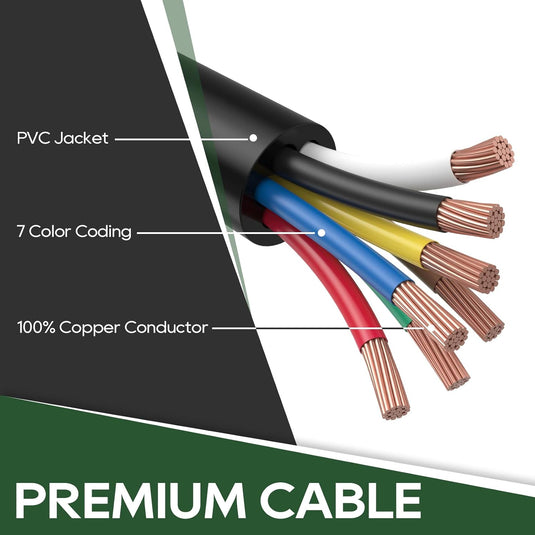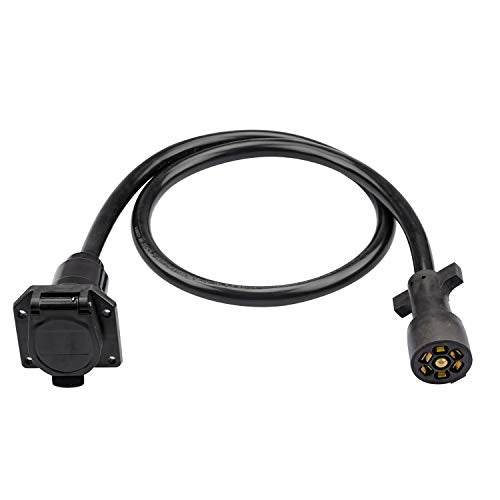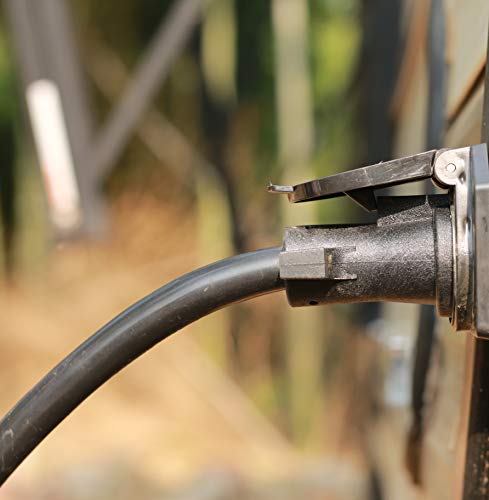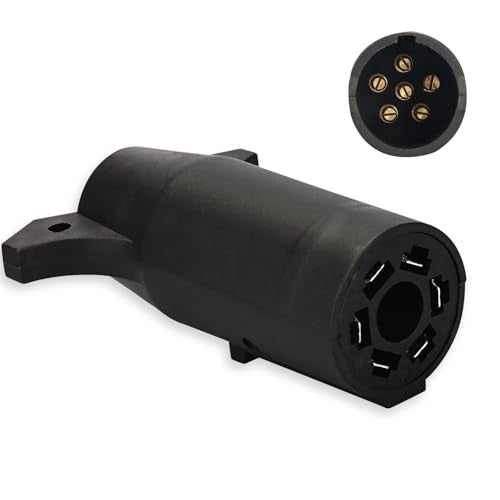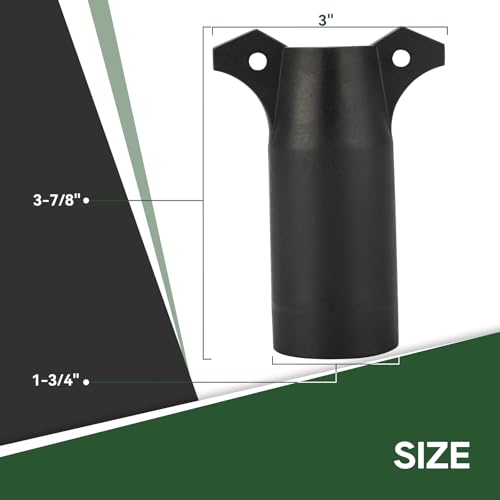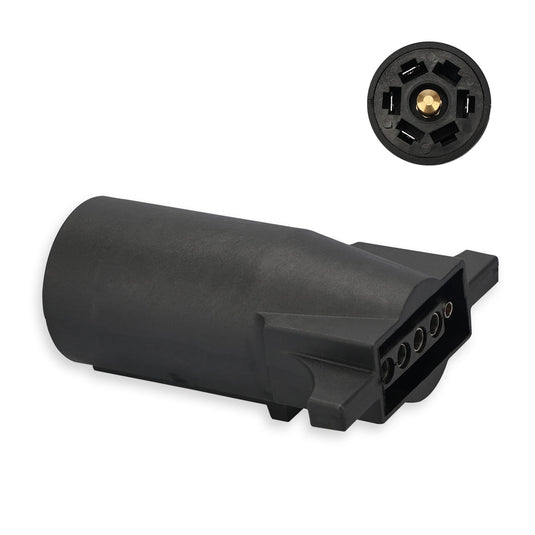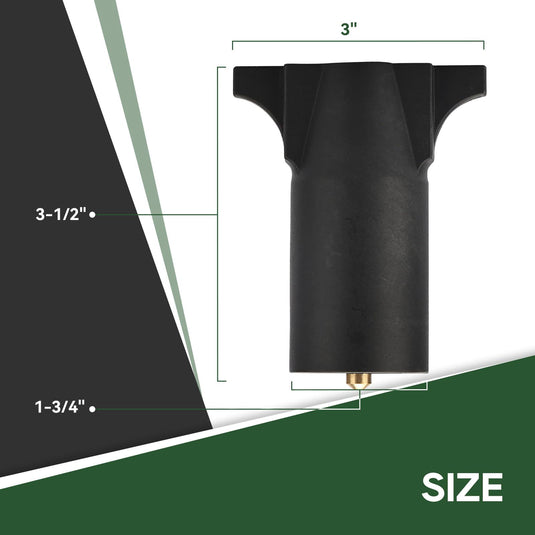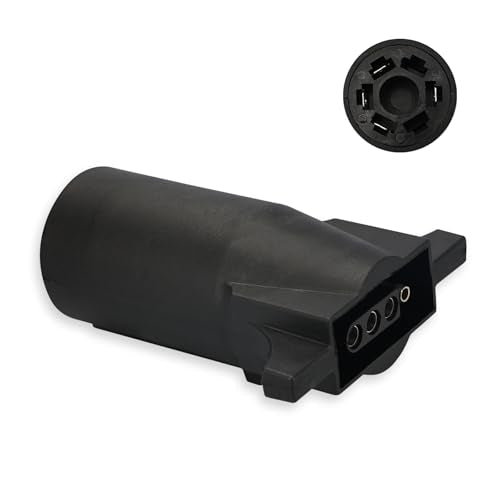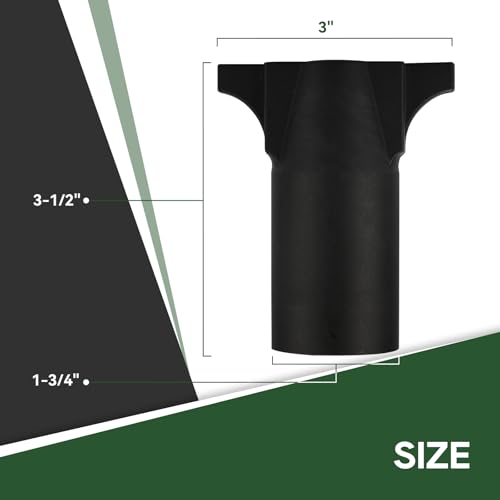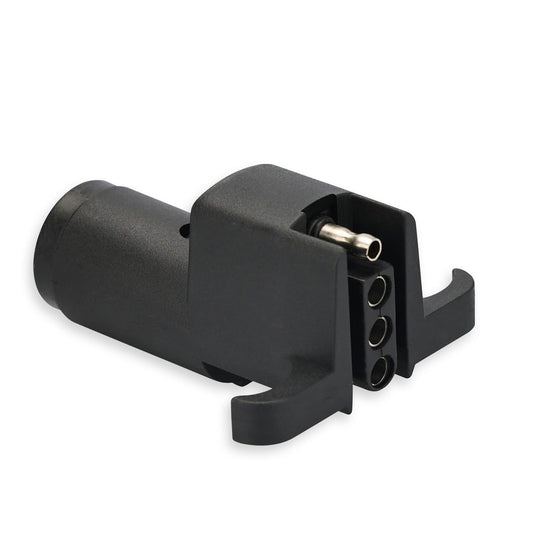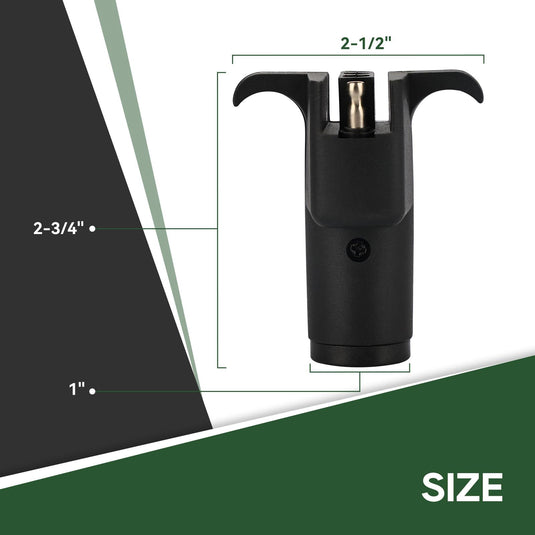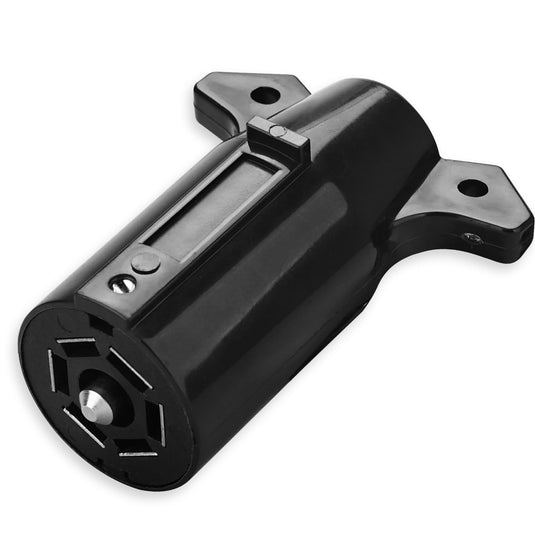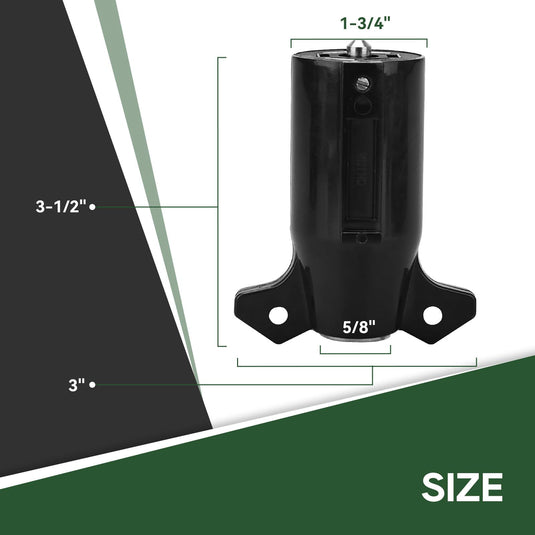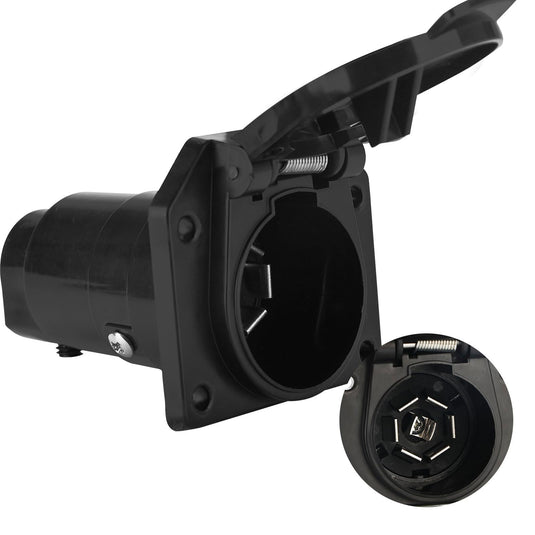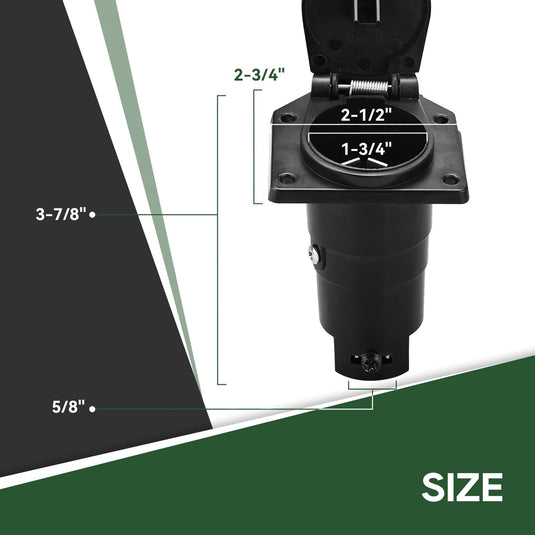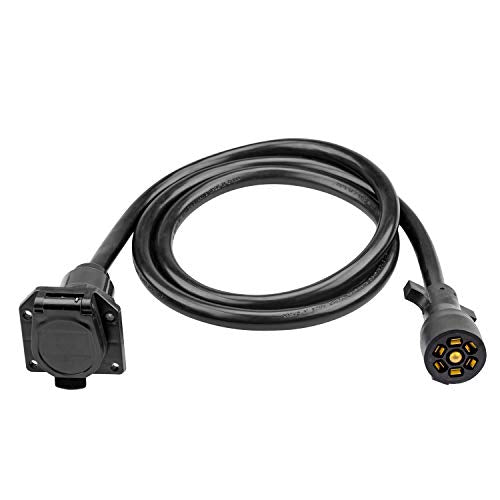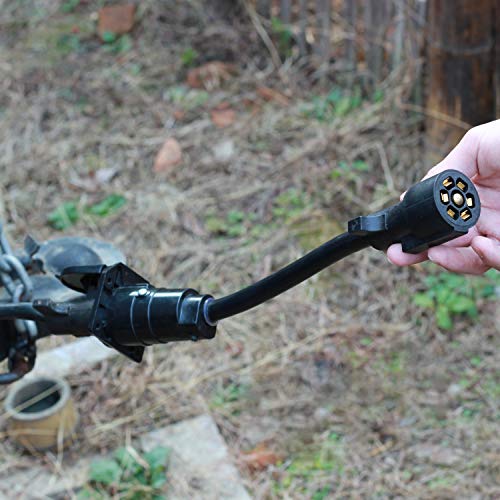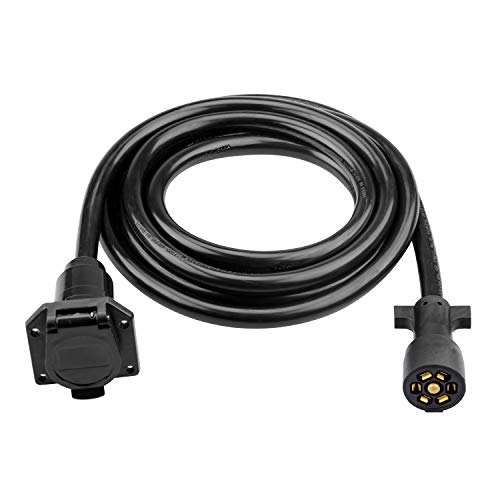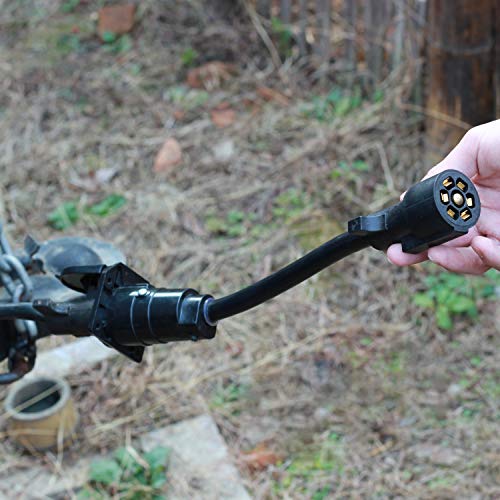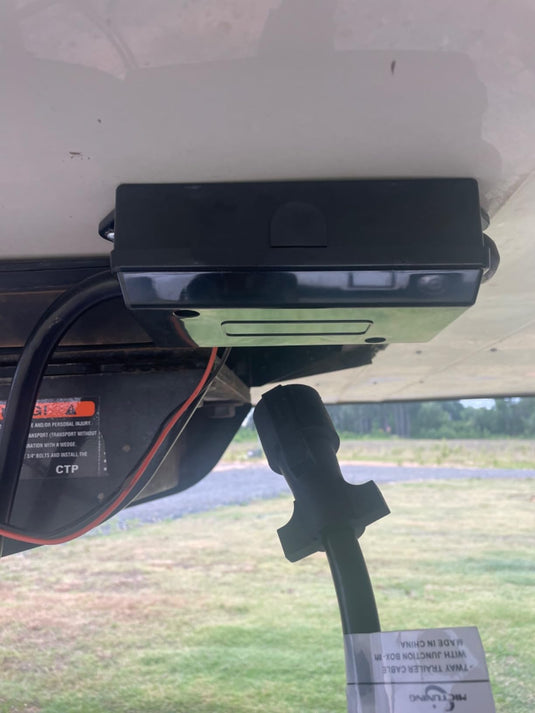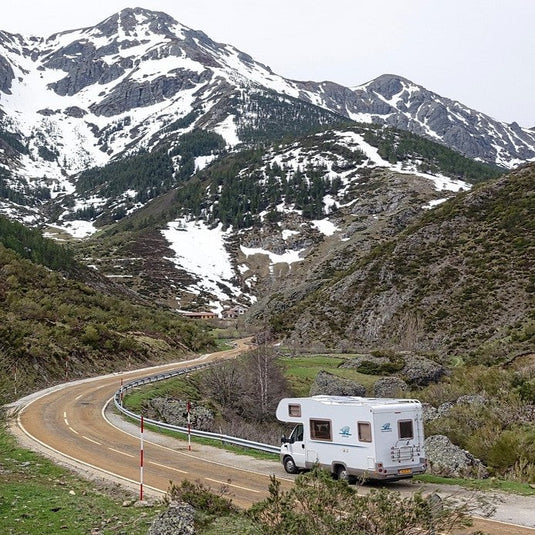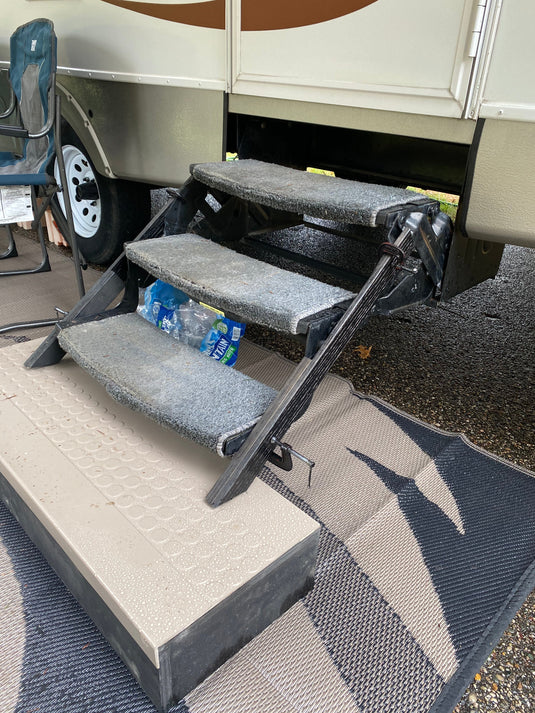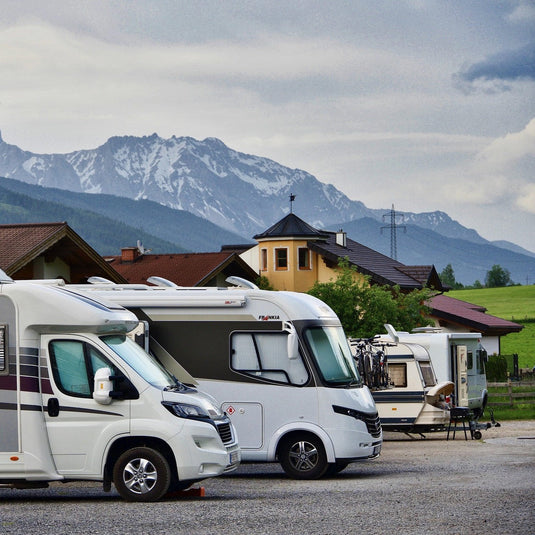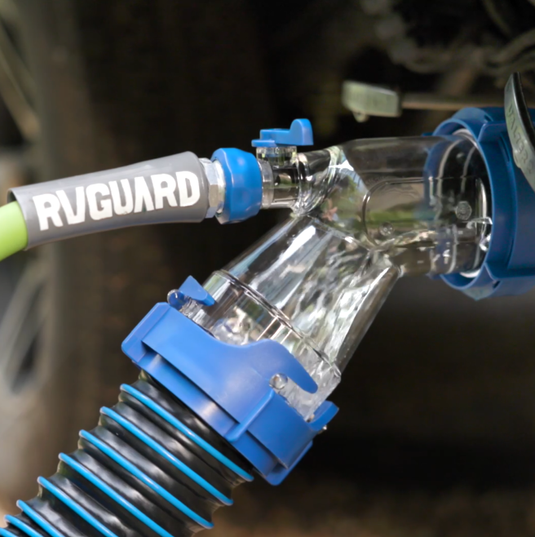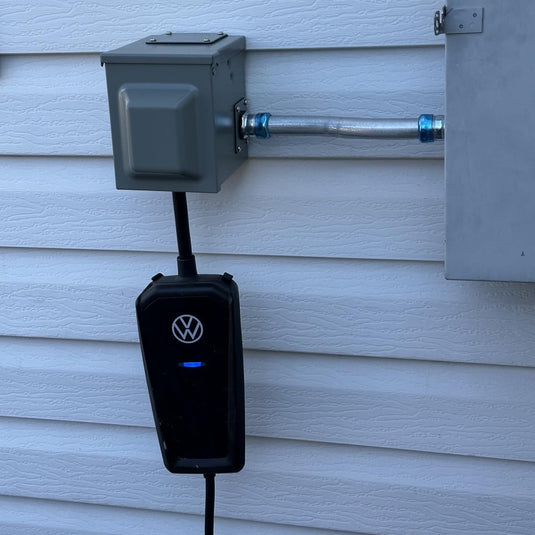If you're new to towing a trailer, RV, or boat, the cluster of wires and connectors at the back of your vehicle can seem intimidating. How do you make sure all the lights—brake, turn signals, tail lights—work correctly? It all starts with understanding the 7-way trailer plug, the essential link between your tow vehicle and your trailer.
This beginner's guide will demystify the process, showing you how to wire a 7-way trailer plug correctly and safely, with a clear 7-way trailer wiring diagram to follow.
What is a 7-Way Trailer Connector and Why Do You Need One?
Think of the 7-way trailer plug as the power and communication cord between your truck and your trailer. It's a standard interface that carries all the necessary signals and power:
- Tail Lights & Running Lights
- Left and Right Turn Signals / Brake Lights
- Electric Trailer Brakes
- 12V Auxiliary Power (for charging trailer batteries or powering interior lights)
- Ground Connection
A proper 7-way trailer connector ensures not only that your trailer is legal and visible on the road but also that critical safety features like electric brakes function correctly. Using a quality kit, like the RVGUARD 7-Way Trailer Cord with Junction Box, simplifies this entire process by providing all the necessary components in one package.
Understanding the 7-Way Trailer Wiring Diagram (Color Codes)
The first step to a successful installation is understanding the color-coded wires. While standards can vary slightly, the following 7-way trailer wiring diagram using the RVGUARD color scheme is the most common:
| Wire Color | Function | Pin # |
|---|---|---|
| Black | 12V Auxiliary Power | 2 |
| Blue | Electric Trailer Brakes | 6 |
| Brown |
Tail / Running Lights |
1 |
| Green | Right Turn Signal / Stop Light | 4 |
| Red | Left Turn Signal / Stop Light | 5 |
| White | Ground | 3 |
| Yellow | Reverse Lights (or 12V Constant Power) | 7 |
Pro Tip: Always double-check your specific vehicle's and trailer's wiring manuals before connecting. The RVGUARD kit's color-coding matches most standard applications, making identification easy.

Your Toolkit: What's in a 7-Way Trailer Wiring Kit?
A complete kit, like the RVGUARD one, includes everything you need for a professional installation:
- The Cable: A heavy-duty, 8-foot cord with a molded 7 pin trailer plug on one end.
- The Junction Box: A central, waterproof box where all trailer wires are neatly organized and connected.
- Color-Coded Wires: Pre-stripped wires that match the standard diagram.
- Breakaway Switch: A critical safety device that activates the trailer's brakes if it becomes disconnected from the tow vehicle.
- Mounting Hardware: For securing the junction box to your trailer's A-frame.
How to Wire a 7-Way Trailer Plug: A 4-Step Overview
Safety First: Always disconnect the trailer from the tow vehicle and disconnect the trailer battery before starting.
Step 1: Mount the Junction Box
Securely attach the waterproof junction box to the trailer's A-frame, ensuring it's in a location protected from road debris and moisture.
Step 2: Connect the Trailer Wires to the Junction Box
This is where the color coding makes it simple. Feed your trailer's existing wires into the junction box and connect them to the corresponding color-coded pigtail wires from the kit using the provided waterproof connectors.
- Trailer's brown wire → Kit's brown wire (Tail Lights)
- Trailer's green wire → Kit's green wire (Right Turn/Brake)
- ...and so on.
Step 3: Install the Breakaway Switch
Connect the breakaway switch to the kit's blue (brake) wire and to your trailer's breakaway battery. This is a vital safety step that should not be skipped. Test it by pulling the pin to ensure the trailer brakes engage.
Step 4: Secure the Cable and Test
Route the cable safely to the front of the trailer, securing it with zip ties to avoid dangling. Plug it into your tow vehicle and perform a full light test with a helper before hitting the road.
Troubleshooting Common 7-Way Trailer Connector Issues
Even with a perfect installation, issues can arise. Most problems are simple:
- No Lights Work: Check the ground connection (white wire). A poor ground is the most common cause of total failure.
- One Side Lights Don't Work: Check the specific wire (green or yellow) for that side for a loose connection or damage.
- Lights Flicker: Again, check the ground and all connections for corrosion or looseness.
Using a kit with a sealed junction box greatly reduces these issues by protecting connections from the elements.
Conclusion: Safe Towing Starts with a Secure Connection
Understanding how to wire a 7-way trailer plug is a fundamental skill for any RVer or tower. By investing in a quality 7-way trailer connector kit and following the standard 7-way trailer wiring diagram, you ensure your journeys are safe, legal, and worry-free.
Ready for a Hassle-Free Wiring Solution?
Explore the RVGUARD 7-Way Trailer Cord Kit with Junction Box—featuring color-coded wires, a waterproof box, and a breakaway switch for a complete, professional installation.


